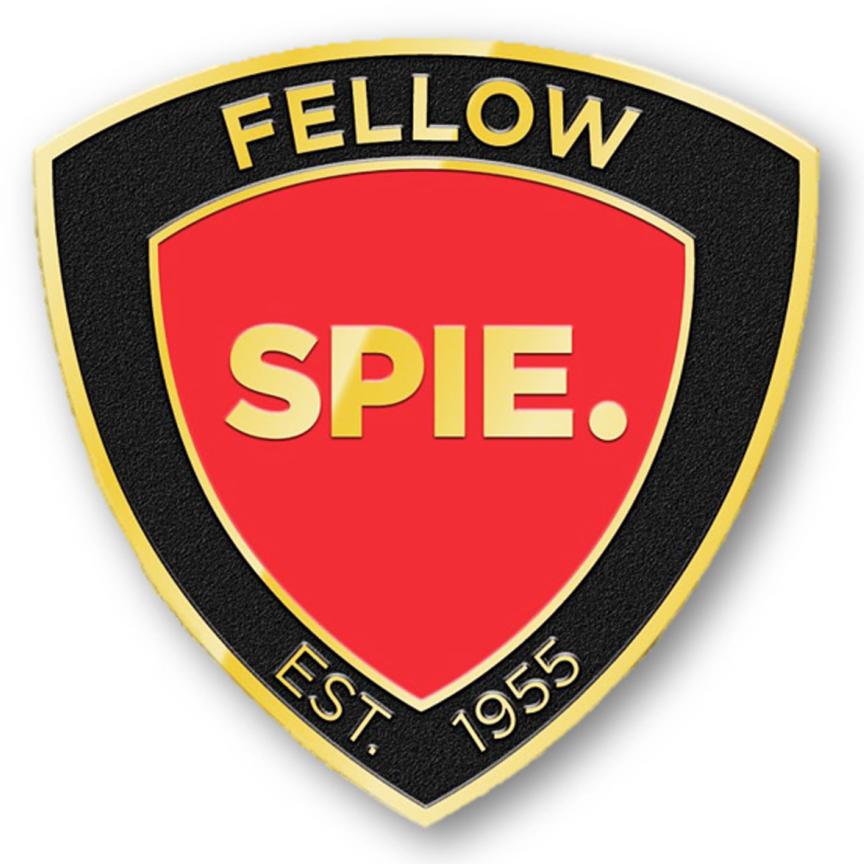Microscope developer Bruker has acquired Berlin-based JPK Instruments, which adds in-depth expertise in live-cell imaging, cellular mechanics, adhesion, molecular force measurements, optical trapping, and biological stimulus-response characterisation to Bruker's portfolio.
In 2017, JPK Instruments had revenue of approximately 10 million Euro. JPK provides microscopy instrumentation for biomolecular and cellular imaging, as well as force measurements on single molecules, cells and tissues.
Financial details of the transaction were not disclosed.
Over the past five years, Bruker has developed a life science microscopy business that specialises in technologies for neuroscience, live-cell imaging, and molecular imaging, which will be further augmented by JPK’s instruments and applications. Bruker’s existing fluorescence microscopy techniques include multiphoton microscopy, swept-field confocal microscopy, super-resolution microscopy, and single-plane illumination microscopy.
'We have been making a substantial investment in advanced technologies for life science imaging, and have built up a portfolio of fluorescence microscopy products that enable biologists in research areas that require deep, fast imaging at high resolution and at low phototoxicity,' commented Dr Mark Munch, president of the Bruker Nano Group. 'JPK’s products and applications capabilities nicely augment our current techniques.'
Anthony Finbow, chairman at JPK, added: 'The combination of these two businesses will enable further significant advances in life science imaging and drive the state of the industry. I am delighted that we have been able to achieve this result for JPK and for Bruker.'
JPK’s BioAFM and optical tweezer product families span a range of techniques, from imaging of biological samples to characterising biomolecular and cellular force interactions. Its NanoWizard 4 BioScience AFM combines atomic force imaging with optical fluorescence imaging and super-resolution microscopy for a combination in image resolution for molecules, membranes, and live cells. In addition, the ForceRobot enables single-molecule force spectroscopy for investigating receptor-ligand interactions or small molecule-protein binding interactions. The CellHesion product brings quantitative force measurement to live cells and tissues, enabling insights in cell-substrate and cell-cell interactions. Lastly, JPK’s NanoTracker optical tweezer provides an all-optical means for molecular and cellular force experiments.
JPK’s offerings and life science applications expertise complement Bruker’s existing portfolio of advanced fluorescence microscopy products. Bruker’s Ultima family of multiphoton microscopes features proprietary photoactivation and photostimulation capabilities and deeper penetration into biological tissues, enabling advanced brain slice and intra-vital studies. Bruker’s Opterra swept-field scanning confocal fluorescence microscope provides unique live-cell imaging capabilities with unsurpassed dynamic observation of fast cellular events. Additionally, the Vutara super-resolution single-molecule localization (SML) microscope utilises patented Biplane Imaging technology to provide high-speed, 3D super resolution for multicolor live-cell imaging and visualisation of chromosome conformation. With a leading series of single plane illumination products, such as the MuVi SPIM and InVi SPIM, Bruker offers unique performance and easiest-to-use light sheet instruments featuring the combination of low phototoxicity and high-speed imaging. The combined microscopy portfolio of the two companies will enable a unique range of correlative measurements for emerging life science applications.

